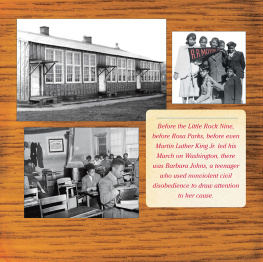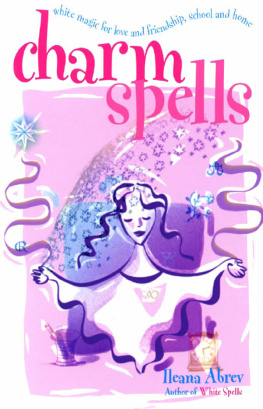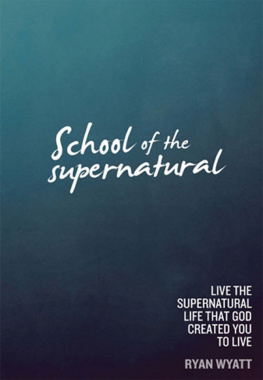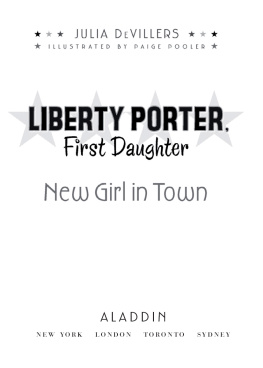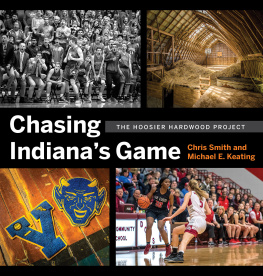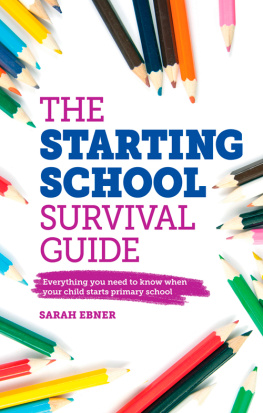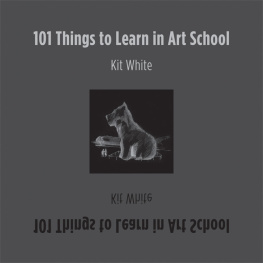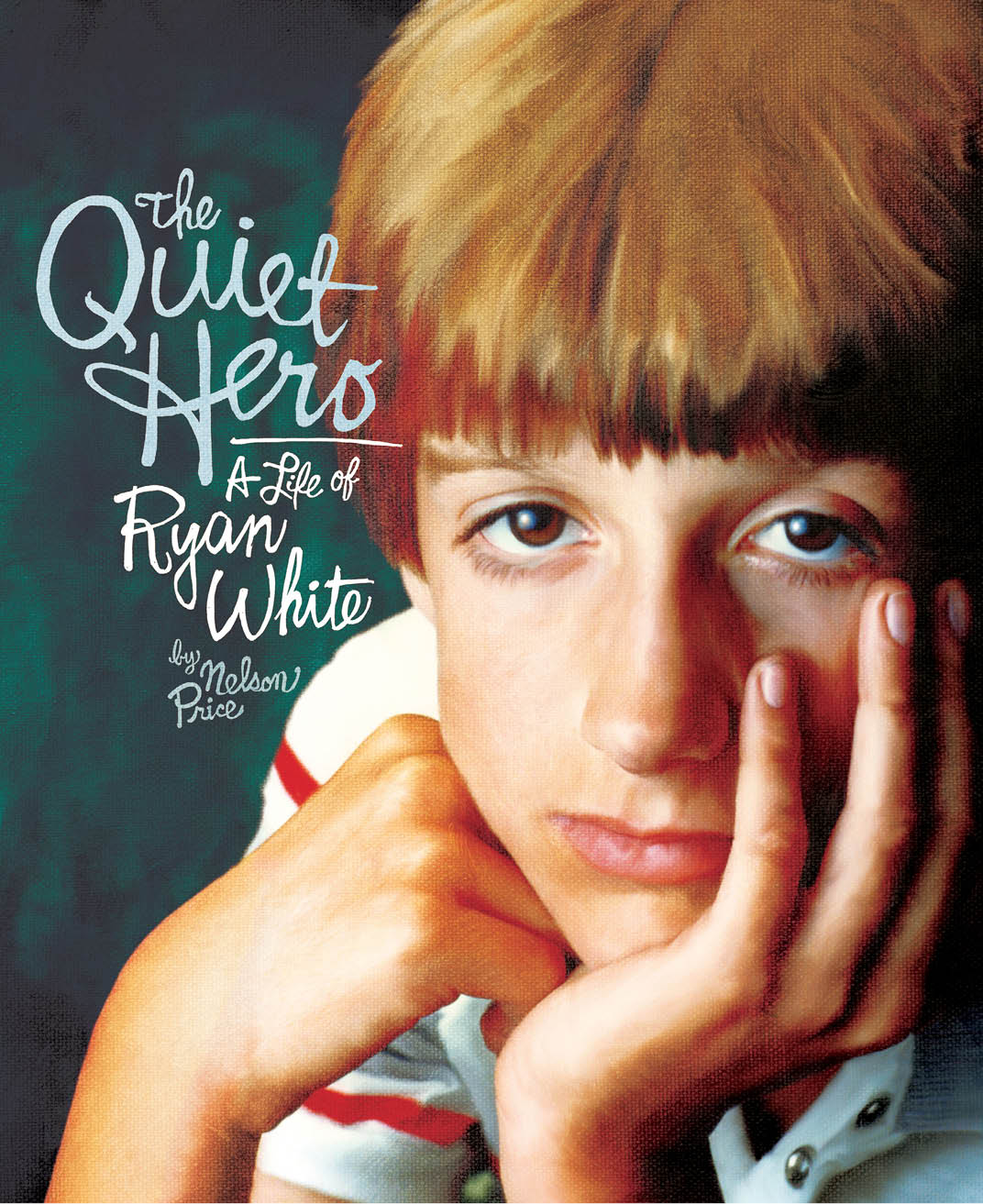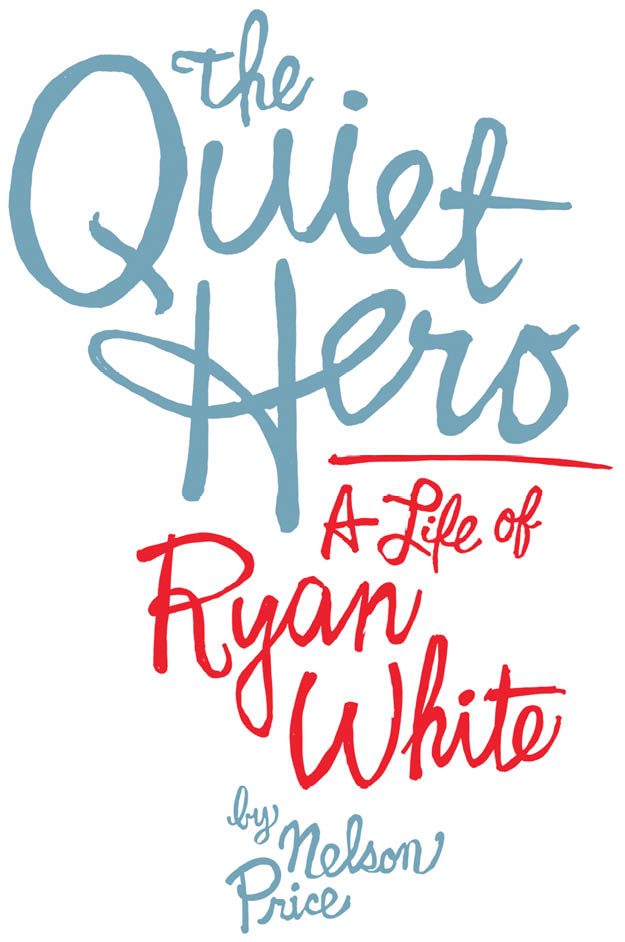Price, Nelson.
The quiet hero : a life of Ryan White / Nelson Price.
Includes index.
1. White, Ryan. 2. White, RyanHealth. 3. AIDS (Disease)PatientsIndianaBiography.
4. HeroesIndianaBiography. 5. AIDS (Disease) in childrenSocial aspects. 6. AIDS
(Disease)PatientsEducation. I. Title.
No part of this publication may be reproduced, stored in or introduced into a retrieval system, or transmitted, in any form or by any means (electronic, photocopying, recording, or otherwise) without the prior written permission of the copyright owner.
This book is dedicated to all young people confronted by challenges.
Preface
My name is Ryan White. I am sixteen years old. I have hemophilia, and I have AIDS.
I met Ryan White, soon after the initial stream of reports about a fourteen-year-old boy with Acquired Immune Deficiency Syndrome who was crusading to attend school, in the bedroom of his one-story, ranch home in Kokomo, Indiana. The reports in early 1986 had intrigued me as a young, Indianapolis-based journalist because they touched both on my previous newsbeat as well as on my new, feature-oriented area of focus. At the Indianapolis News , the sister newspaper of the Indianapolis Star , I had started out as the education beat reporter. Now, I was transitioning to a position as a feature writer/columnist with a focus on writing profiles of Hoosier newsmakers.
Scrawny, frail Ryan seemed like an intriguing, and unlikely, newsmaker. Here was a kid in a bedroom furnished with GI Joes, a stash of Spider Man comic books, and a waterbed covered by a camouflaged-patterned spread that was just becoming wildly popular. I was full of questions that I sensed my readers shared. Top among them: Why was Ryan, while he struggled with a disorder then regarded as a death sentence and which created widespread panic, determined to attend classes at Western Middle School in nearby Russiaville, Indiana?
My initial profile of Ryan and his steadfast mother, Jeanne, attempted to illuminate the people and issues in the explosive controversy that eventually made Ryan a nationally known figure. For the next several years, I covered various aspects of Ryan and his familys saga, even as the News merged with the Star .
On April 8, 1990, a chilly, spring morning, Ryan died. I was among the throng of media and other visitorsranging from neighbors, Hamilton Heights High School classmates, and other mourners to camera-toting gawkersassembled on the lawn of the Whites house in Cicero, Indiana, where they had moved. Two years later, I reported about Jeannes marriage to one of those Cicero neighbors, a mechanic and divorced father named Roy Ginder. I never really lost touch with Jeanne; eventually, I included Ryan and his mother in my first book, Indiana Legends: Famous Hoosiers from Johnny Appleseed to David Letterman .
In what seemed like a flash, it was 2010. I had left the newspaper to focus on my books and on a Hoosier history radio show that I host. Ryan had been gone for twenty years, and Ray E. Boomhower, editor of Traces of Indiana and Midwestern History , was asking me to write a retrospective article about Ryan for the quarterly magazine published by the Indiana Historical Society.
This book evolved from that. I have reinterviewed many of the major figures in Ryans life, and, in the case of several others, interviewed them for the first time. They include Doctor Martin Kleiman, the infectious disease specialist at Riley Hospital for Children in Indianapolis who became Ryans personal physician; Heather McNew Stephenson, the classmate Ryan had planned to escort to the prom; and Doctor Jill Stewart Waibel, whose journey has taken her from student body president at Hamilton Heights to a career as a surgeon.
Im grateful to them, as well as to Jeanne White-Ginder, who patiently answered my waves of fresh questions during several reinterviews; Ron Colby, former principal of Western Middle School; Dan Carter, a retired teacher who headed the Western School Districts board during the controversy; Doctor Woodrow Myers, the former commissioner for the Indiana Department of Health; and many others whose insights helped shape this book. All of them answered my questions fully and openly. In addition, Jeanne provided most of the images of Ryan used in this book.
When I was about halfway through with the legwork, I was alerted about a project under way in Howard County, Indiana. Allen Safianow, professor emeritus of history at Indiana University at Kokomo and a guest on my Hoosier History Live! radio show on WICR-FM, mentioned he and other members of the Howard County Historical Society were undertaking a community-wide oral history project about the Ryan White school controversy. Insights the Howard County volunteers amassed have helped strengthen this book, so Im appropriately grateful. And, with Ryan obviously unavailable for further interviews, Ryan White: My Own Story , his autobiography cowritten with Ann Marie Cunningham and published posthumously, was valuable in capturing his perspective.
Finally, Im grateful the Indiana Historical Society Press has recognized the importance of telling Ryans story to new generationsand to tell it in an inclusive way, with the voices of a range of residents from communities who lived through it. In many ways, Ryans story is about communities. On the other hand, its also about the power of one.
Chapter 1
I dont want to be treated worse than other kids, but I dont want to be treated better either. I just want to be the same.
During the 1980s, a mysterious disorder created panic across the United States, as well as in other parts of the world. People were dying from Acquired Immune Deficiency Syndrome, which quickly became commonly known as AIDS. Victims ranged from movie stars and other celebrities to newborn infants, children, and residents of small towns. Many victims were drug addicts, hospital patients who had received blood transfusions, and homosexuals.
In addition to sparking alarmand partially because of the terrified public reactionthe AIDS epidemic spawned confusion, misunderstanding, and intolerance. That fact that people did not know for sure how this previously unknown disorder was being transmitted created almost as many controversies and as much strife as the disorder itself.
At the epicenter of the national panic was a scrawny, sandy-haired, fourteen-year-old boy from Kokomo, IndianaRyan White. Ryan lived near the outskirts of town in a modest, ranch-style house with his mother, Jeanne, and younger sister, Andrea. He liked X-Men comic books, Mexican food at Chi Chis Restaurants, pop music, blue jeans with a sharp crease, and professional basketball stars. (Having struggled with health issues from birth, Ryan always was short for his age, partially explaining his admiration for towering athletes.) Ryan was diagnosed with AIDS just before the Christmas holiday season of 1984, shortly after his thirteenth birthday on December 6.


